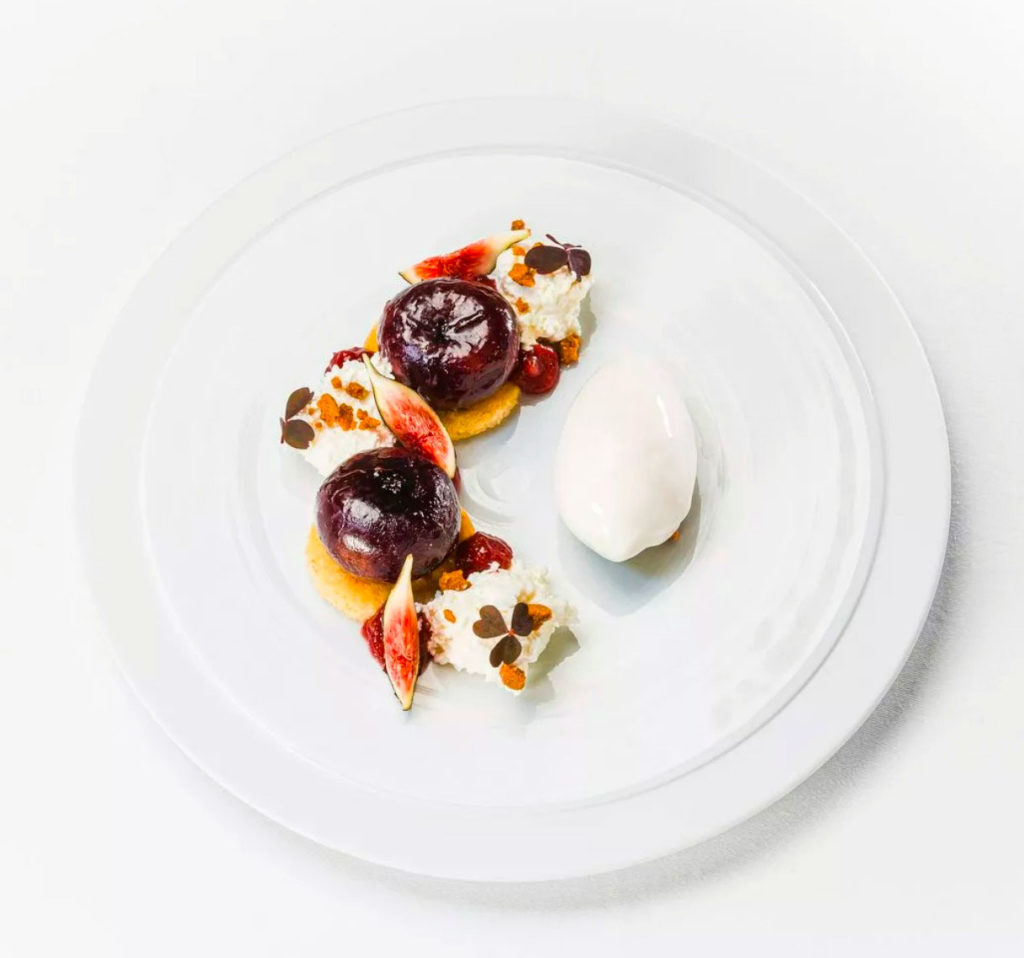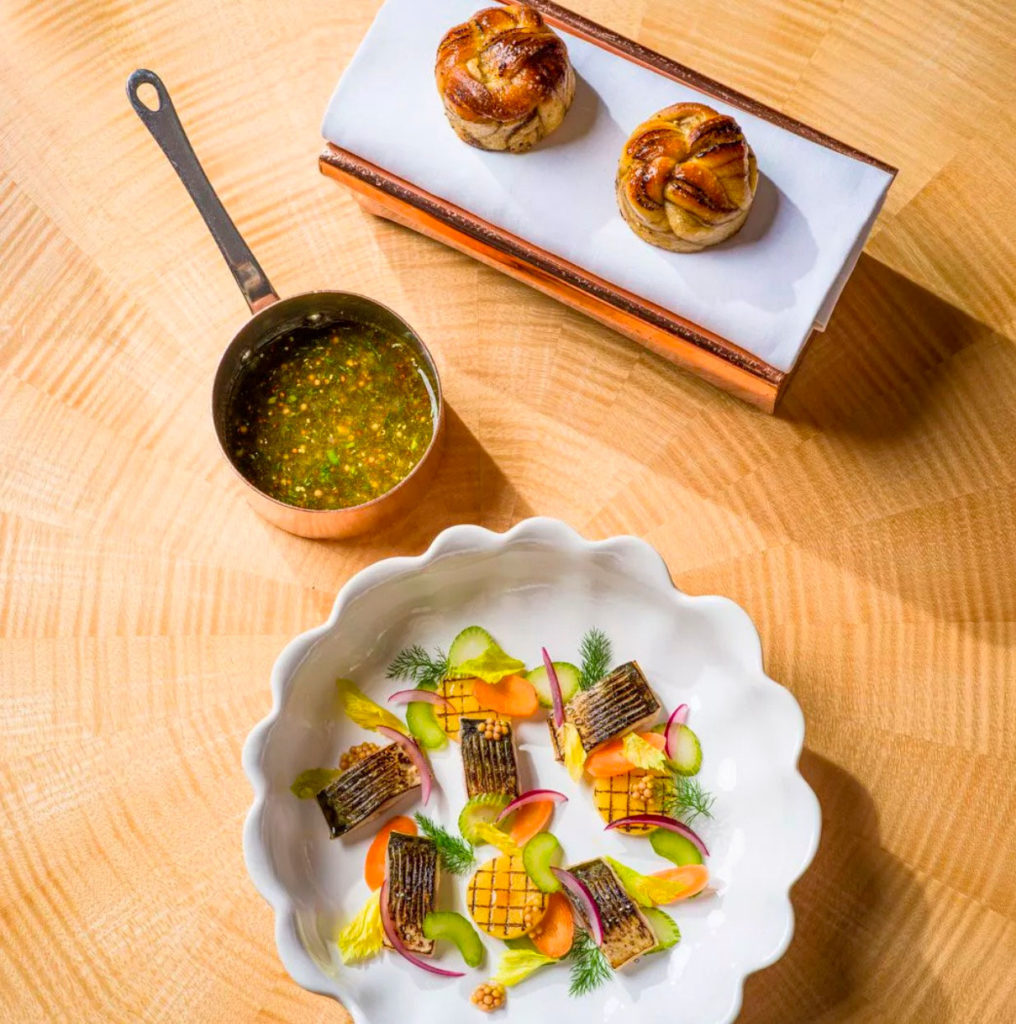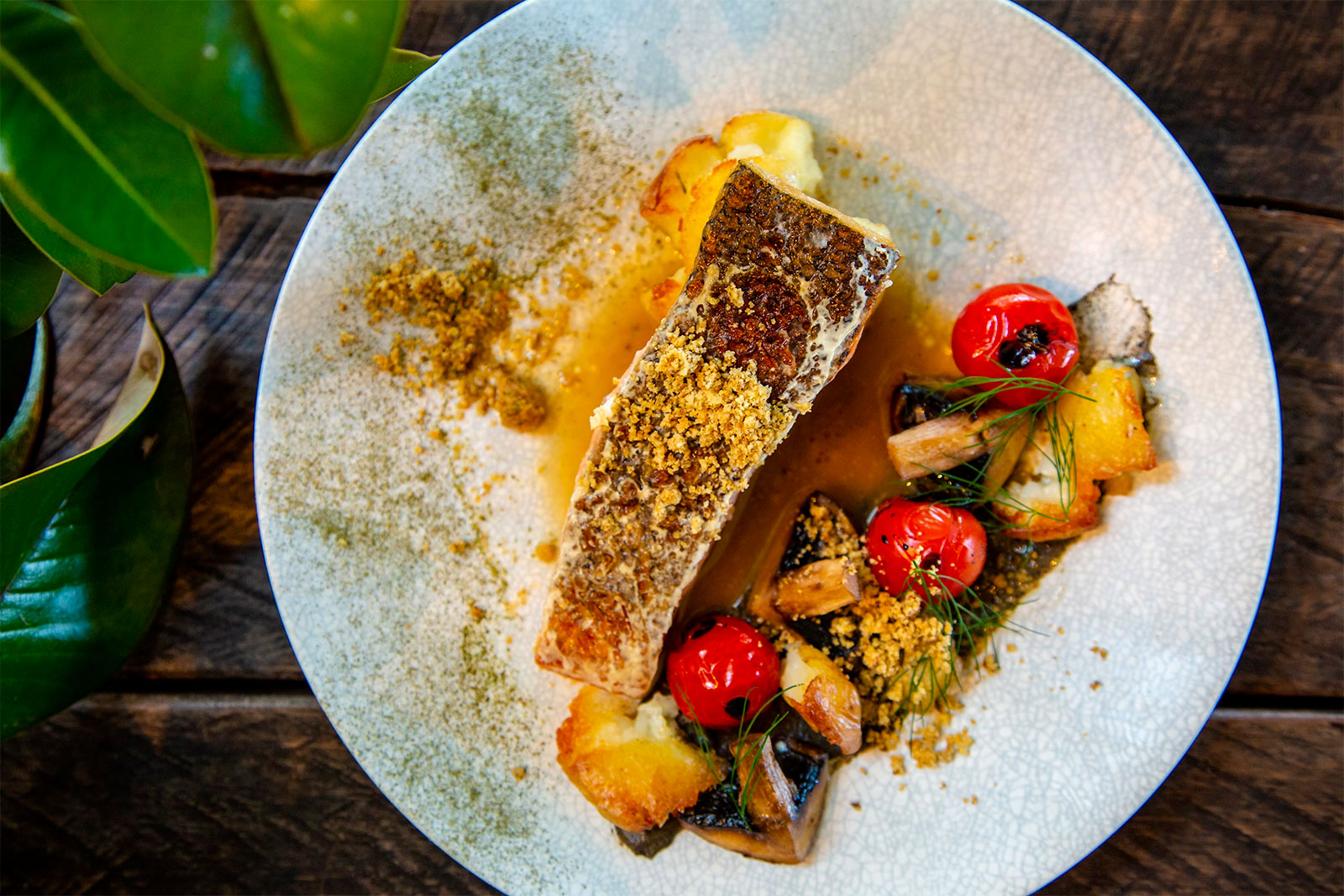How French chefs balance heritage and modernity in haute cuisine. Analysis of techniques, places, and trends in French cuisine and cooking in France.
Understanding how French chefs balance tradition and innovation
In contemporary French cuisine, chefs are redefining the balance between traditional heritage and modern practices. While respecting techniques from Auguste Escoffier or Paul Bocuse, they incorporate new technologies, local sourcing, and global influences. Chefs like Alain Passard, Anne-Sophie Pic, and Mauro Colagreco revisit classic dishes using seasonal products and lighter cooking methods. Cooking in France now merges culinary heritage with plant-based trends, fermentation, and digital precision. High-end restaurants preserve iconic sauces and techniques but adapt portions, textures, and plating to contemporary tastes. This transformation is neither rupture nor fusion but a parallel development. This article explores how chefs operate this duality, naming specific dishes, places, and approaches. It provides a neutral and technical insight into how French chefs preserve identity while staying relevant in a globalized gastronomy market.

French cuisine: A structured tradition rooted in techniques
Classic references in French culinary heritage
French chefs rely on codified culinary techniques. Escoffier’s brigade system, codified in the late 19th century, still structures most professional kitchens. Fundamental preparations like béarnaise, velouté, and pâté en croûte remain cornerstones. The “Meilleur Ouvrier de France” (MOF) title, awarded since 1924, rewards excellence based on precise mastery of traditional methods.
Sauces, pastry bases, and meat cooking methods (roasting, braising, confit) are still taught in culinary schools such as Institut Paul Bocuse in Lyon or Ferrandi Paris. The codification helps chefs preserve a common language while adapting it to current practices.
However, some of these techniques involve long preparation times, intensive manpower, and rich ingredients. A classical jus or demi-glace may require 10 hours of reduction, a cost few modern restaurants can sustain without price increases. A tasting menu in a Michelin-starred French restaurant now averages €180 (£155 / $195), partly due to this labour and tradition-based framework.
New approaches: Technology, sourcing, and lightness
The modern turn in cooking in France
Since the 2000s, French chefs have started rethinking texture, temperature, and ingredient pairing. One significant development has been the shift from heavy animal fats toward lighter emulsions, vegetable broths, and cold extractions.
Alain Passard, at L’Arpège (Paris, 3 stars Michelin), removed red meat from his menu in 2001 to focus on vegetables grown in his organic gardens. His dishes now rely on low-temperature roasting and natural juices. Anne-Sophie Pic, at Maison Pic (Valence), works with infusions, aromatic distillations, and molecular precision to reinterpret sauces and broths.
Technology also contributes: precision steam ovens, sous-vide cooking (below 85°C / 185°F), and rotavapor distillers enable delicate flavour extraction without degradation. The aim is efficiency, not show.
Seasonal and local sourcing also gained weight. Chefs collaborate with farmers, fishers, and cheesemakers, adjusting menus every week. This shift reduces environmental impact and brings logistical constraints but improves traceability and freshness.
A question of form: presentation, service, and language
Codes and aesthetics of haute cuisine today
The formal language of French cuisine still carries codified naming conventions, often in French-only terms, yet presentation has changed. Chefs focus on minimalist plating, using asymmetric arrangements and natural textures instead of heavy garnishes or silver domes.
At Mirazur (Menton), Mauro Colagreco organizes menus by lunar cycles and seasonal produce, not traditional meat-fish succession. His kitchen reduces animal proteins and eliminates sugar-heavy desserts.
Service has also become more informal, even in three-star restaurants. Dining rooms integrate open kitchens, and sommeliers suggest low-intervention wines or kombuchas, moving away from Bordeaux clichés.
However, critics argue some modern dishes lose cultural identity. When foie gras is emulsified into a mousse and served with fermented cherries, some purists question the relevance of the dish to French culinary heritage.

Balancing act in training, awards, and economics
Chefs must teach both classical and contemporary approaches
Institutions like Lycée hôtelier de La Rochelle or Institut Paul Bocuse include modules on sustainability, fermentation, and low-temperature cooking, in addition to Escoffier’s basics.
Students are trained to prepare a quenelle with Nantua sauce and also how to make a vegetal dashi broth. This hybrid model enables them to work in both traditional brasseries and experimental kitchens.
Michelin guides have also changed their scoring. Since 2019, inspectors include sustainability indicators and value local impact, not just technical execution. Michelin Green Stars, for example, have been awarded to Septime (Paris) and La Chassagnette (Arles).
The business model also influences this balance. A traditional restaurant requires more staff per service and longer prep times. A modern minimalist menu needs fewer brigade staff but more technology investments. A basic sous-vide machine costs €3,000 (£2,580 / $3,250), while a classic copper saucepan set costs €600 (£515 / $650).
What remains constant in cooking in France
Despite contrasts, French chefs still emphasize a few constants. Respect for ingredient seasonality, technical accuracy, and sensory complexity remain essential. Whether the sauce is a reduced veal jus or an elderflower foam, the same goal remains: balance in flavours and textures.
The challenge is not to abandon heritage but to keep it relevant. This evolution is gradual, not conflictual. Chefs operate within economic constraints, client expectations, and global influence. Some keep classic dishes alive in bistros. Others adapt them to new audiences.
Cooking in France today means keeping heritage alive without freezing it in time.
Cook in France is your gateway to French cuisine and gastronomy in France. Get in touch for your next cooking workshop.
